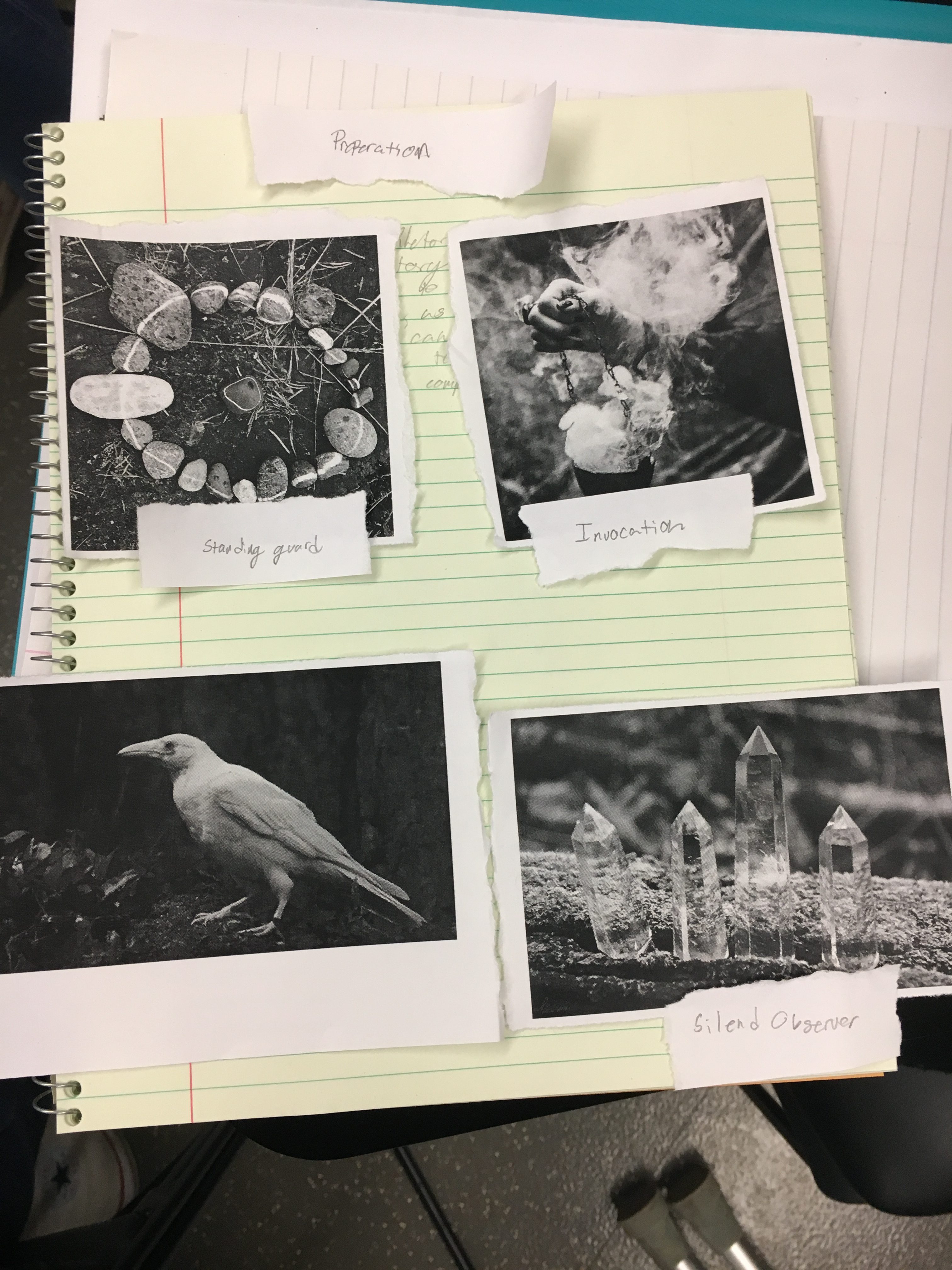31 March 2017
Agenda
- Logistics and Announcements
- Group challenge: Rhetoric of a Syllabus (Recap)
- Discussion: Alexander et al, “Why Rhetoric?”
- Group challenge: Rapid Sequential Storytelling
- Homework
1. Logistics and Announcements
- Waitlist: still a question mark
- Letters to Andrew
- Consultations: tinyurl.com/DrLSpring17
- Lesson plans always posted here on https://wp.wwu.edu/composingcomics
- You may begin submitting projects for credit NEXT Friday
- Andrew is aiming to have all prompts detailed on the course site by mid next week.
- In the meantime, if you know what you want your first assignment to be, but are not sure on the prompt, email Andrew for clarification.
2. Group Challenge: Rhetoric of a Syllabus (Recap)
In small groups, work together to develop a “comparative rhetorical analysis” of the two syllabus documents for this class.
How to do it:
- Look at each of the two documents in terms of its Rhetorical Situation
- Suggestion: make a spoke-and-axle mind map to quickly lay out this 5-part analysis
- Compare the differences and similarities between the two Rhetorical Situations
- Prepare a 2 minute presentation of your most important findings and evidence, include as well any difficulties or challenges your group faced in doing this analysis
3. Discussion: Losh, Alexander, Cannon, and Cannon, l “Why Rhetoric?”
- First impressions: would you read the whole book?
- Quick Rhetorical Situation: what is it? what’s it doing?
- Key moments (Andrew’s: p38, p52)
4. Group Challenge: Rapid Sequential Storytelling
This activity is designed for small groups. Each group member should have 4 pictures that she or he brought from home. Those pictures should have some kind of implied (but not obvious) progression or sequence.
BTW: If you ever need public domain images for a school or professional project, here is a massive list of resources thanks to Wikipedia: https://en.wikipedia.org/wiki/Wikipedia:Public_domain_image_resources
How to do it:
- Take your images and lay them out in your intended sequence
- Give each image a 1 or 2 word caption; write that caption on a scrap of paper and lay it with its matching image
- Take a photograph of your quick comic poem
- Pass your materials to another student
- That student will try to re-arrange your poem into a new sequence
- If desired, that student may add a new layer of captions to the images BUT MAY NOT LEAVE OUT ANY OF THE ORIGINAL IMAGES OR CAPTIONS
- Take a photograph of the revised comic poem
- Return all materials to original author
Student examples:
5. Homework
Rd:
- Begin reading McCloud and/or Barry
- McCloud Ch1 Understanding Comics Ch1
- Lynda Barry Barry Syllabus Theory





Leave a Reply